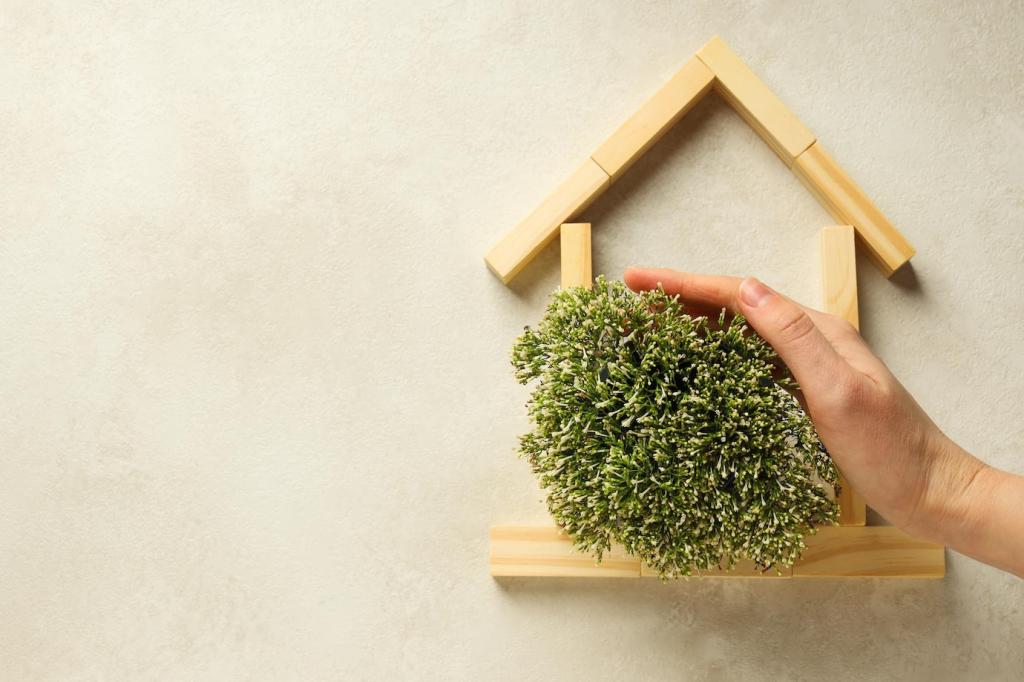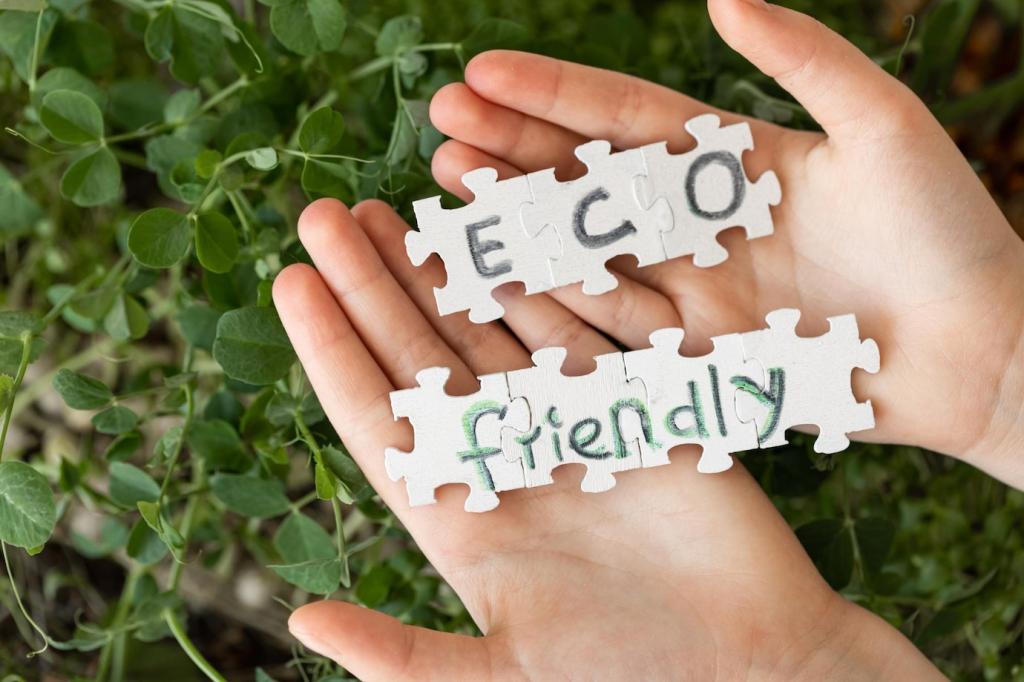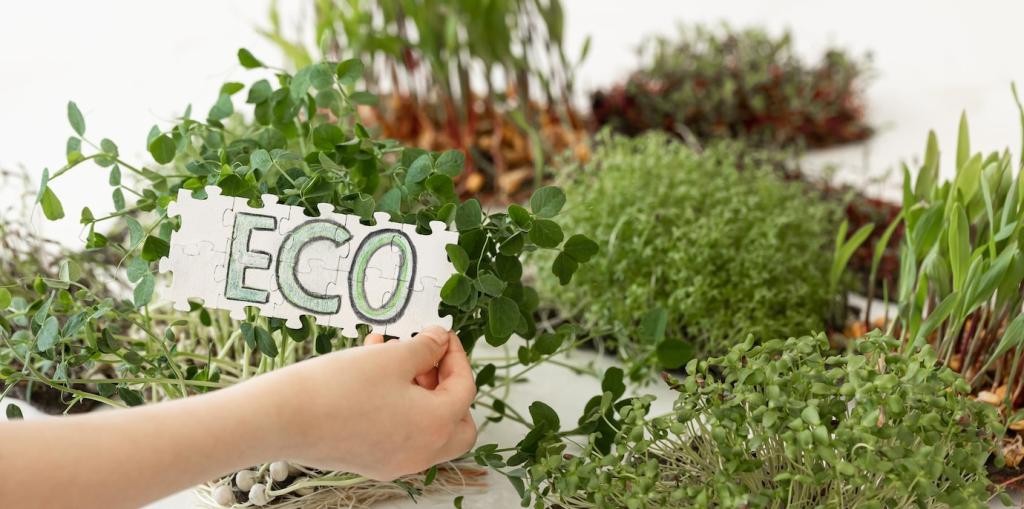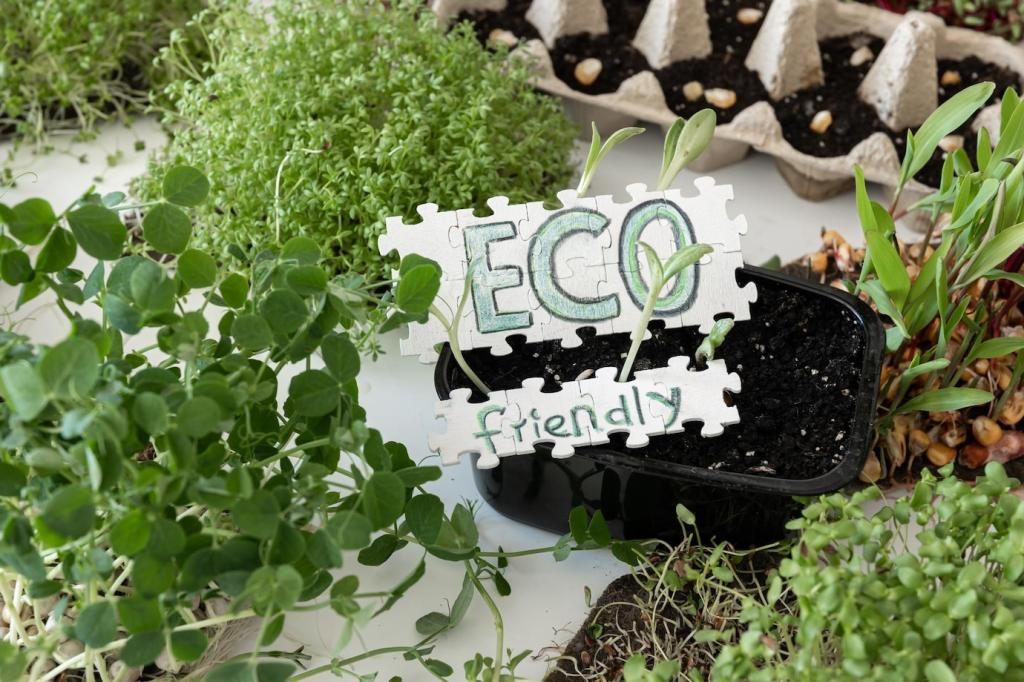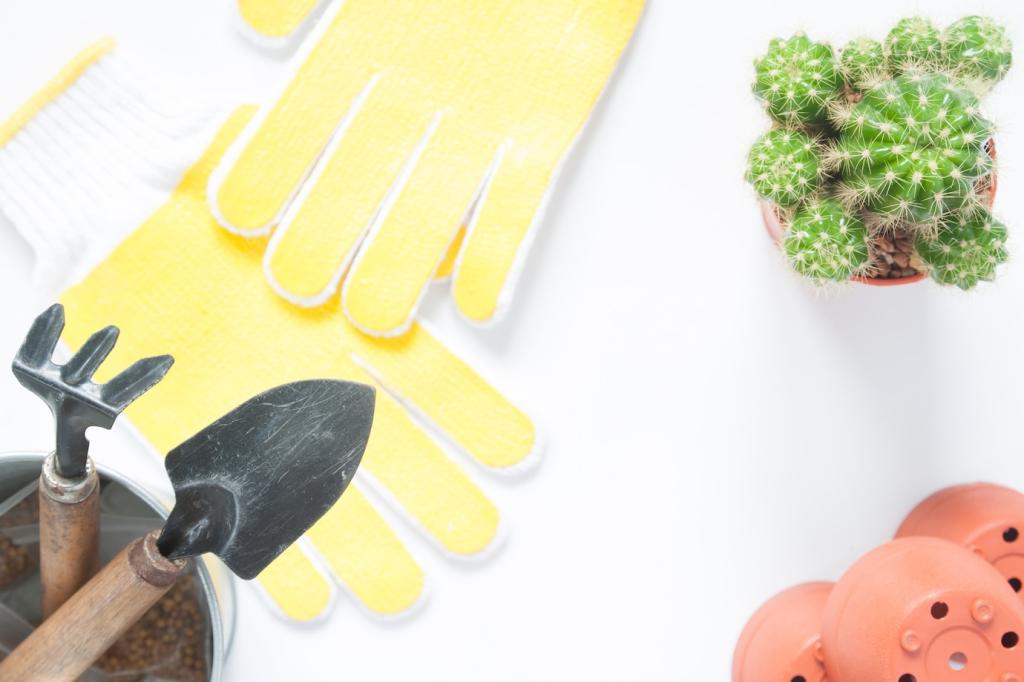Color Without Harsh Chemicals
Made from casein, lime, and earth pigments, milk paint offers velvety depth and a timeworn charm. Mix small batches, allow slaking, and test on scrap. Seal with a non-toxic topcoat for wipeability without losing that breathable, historic look.
Color Without Harsh Chemicals
A classic reaction stain, created by soaking steel wool in vinegar, reacts with tannins to produce weathered grays and browns. Filter thoroughly and test on offcuts. Tea pretreatments can boost tannins for consistent, richly aged tone.


